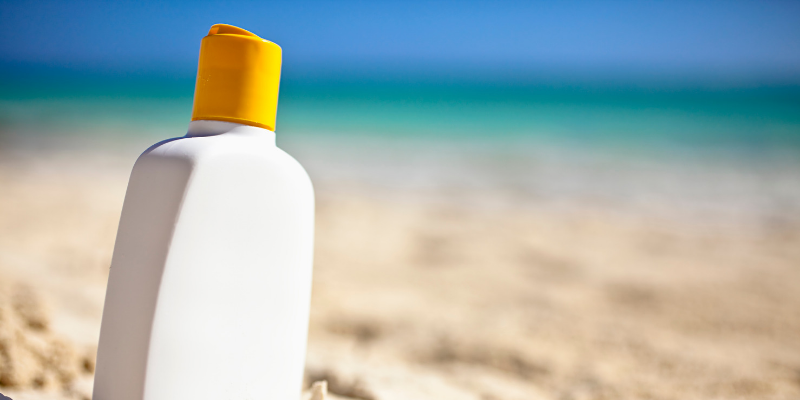Sunscreen Ban in Miami Beach: Latest News and Updates

You may have seen the recent news stories regarding the proposed ban of certain sunscreens that contain specific ingredients that have been linked with coral reef damage. As of March 2019, Miami Beach commissioners have voted against banning these sunscreens. However, the discussion is still ongoing, and the ban has been voted in in Key West. If you are confused about what this ban proposed and why Miami officials decided against it right now, read on.
Which Ingredients Are Harmful to the Environment?
The two ingredients in question are oxybenzone and octinoxate – both of which are included in many sunscreen products that are FDA-approved. The proposed ban of sunscreens containing these ingredients came about after some evidence surfaced that these ingredients could pose a threat to coral reefs and potentially have other environmental impacts. Hawaii became the first state to ban the sale of products containing these ingredients, and the Florida Keys followed suit in February of 2019 in an effort to protect the Great Florida Reef – the largest reef in the continental US.
Why Weren’t These Ingredients Banned in Miami?
There were two main reason that Miami Beach officials voted against a similar ban. The first is a public health concern. Many health officials raised concerns that if people could not buy and use a large percentage of sunscreens, they wouldn’t use any at all. It is true that any sunscreen – whether it contains these ingredients or not – is safer than using no sunscreen at all. Melanoma is currently on the rise, and proper daily sun protection is the single most effective way to reduce your risk.
Additionally, Miami officials requested that more research be done before implementing any type of sunscreen ban. Right now, there is still limited research on the environmental impact of these ingredients, and health experts are split on the matter.
Dr. Baumann’s Sunscreen Advice
For the time being, all types of sunscreens are still legal and available for sale and use in Miami Beach. However, if you are concerned about the potential environmental and health issues that may be associated with oxybenzone and octinoxate, there are ways you can still keep your skin and the environment protected.
- Choose physical sunscreen when possible. There are now many physical, mineral-based sunscreens available that do not contain oxybenzone or octinoxate. Many products are even formulated to help minimize the white film that used to be characteristic of zinc sunscreens.
- Use physical for covering large areas of your body. If you are going to use a chemical sunscreen, use it only on smaller areas like your face, and use a physical SPF on your body.
- Women who are pregnant or breastfeeding should avoid chemical sunscreens. Children under 10 should also use a physical SPF.
- If you have a skin allergy, switch to physical sunscreens. Oxybenzone and octylmethoxycinnamate, found in many chemical sunscreens, are common skin allergens.
- Base your sunscreen choice on your Baumann Skin Type®. Different skin types can tolerate different sunscreen ingredients better than others. Sensitive and acne-prone skin types, for example, generally do well with a physical sunscreen like EltaMD Physical.
In Summary
While the sunscreen ban didn’t go through in Miami Beach, you can still do your part to protect coral reefs by using mineral-based sunscreens that do not contain oxybenzone or octinoxate. But if you have no choice, wearing a chemical sunscreen is better for your skin health than not wearing any SPF.
To stay up-to-date on the latest news regarding these sunscreens, and for more skin care tips and advice from Dr. Baumann, follow Baumann Cosmetic on Facebook, Instagram, and YouTube.
©2019 Metabeauty, Inc.


